Everything you need to know about specifications and performance - Saab 9-3 2005 - 2.0 i 16V t (150 Hp) Automatic
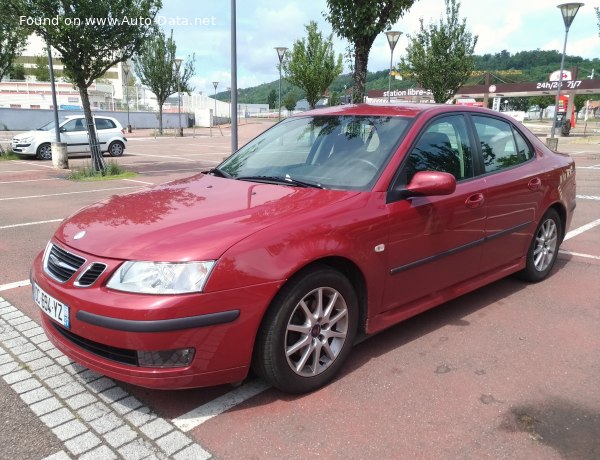
Overview:
What is the engine capacity of a Saab 9-3 2005?
The engine capacity of the Saab 9-3 2005 is 1998.
Saab 9-3 2005 How many horsepower?
The engine power of the Saab 9-3 2005 is 150 Hp @ 5500 rpm..
What is the Saab 9-3 2005 engine?
Saab 9-3 2005 engine is B207E. (Click to see other cars using the same engine)
How much gasoline does a Saab 9-3 2005 consume?
The Saab 9-3 2005 consumes 9.9 liters of gasoline per 100 km
What is the recommended oil for a Saab 9-3 2005 engine?
The recommended oil for a Saab 9-3 2005 car engine is 5W-30.
What type of camshaft transmission system is used in a Saab 9-3 2005 engine?
chain is used to transmit motion.
General:
Engine:
Performance:
Space:
dimensions:
Powertrain, Suspension and Brakes:
See also
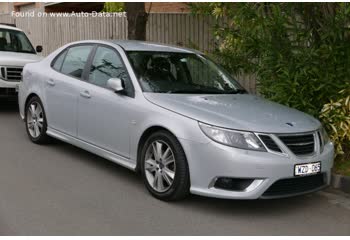
Last generation.
Its production began in 2007 until 2014
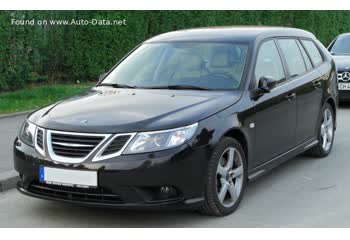
Other generation.
Its production began in 2007 until 2010
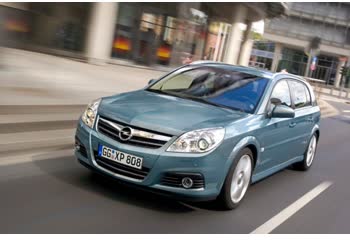
Same production year and almost the same engine capacity.
Its production began in 2005 until 2008
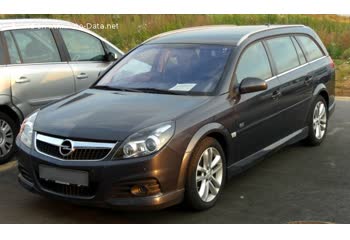
Same production year and almost the same engine capacity.
Its production began in 2005 until 2008
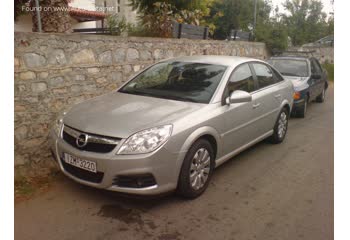
Same production year and almost the same engine capacity.
Its production began in 2005 until 2008
Write a comment